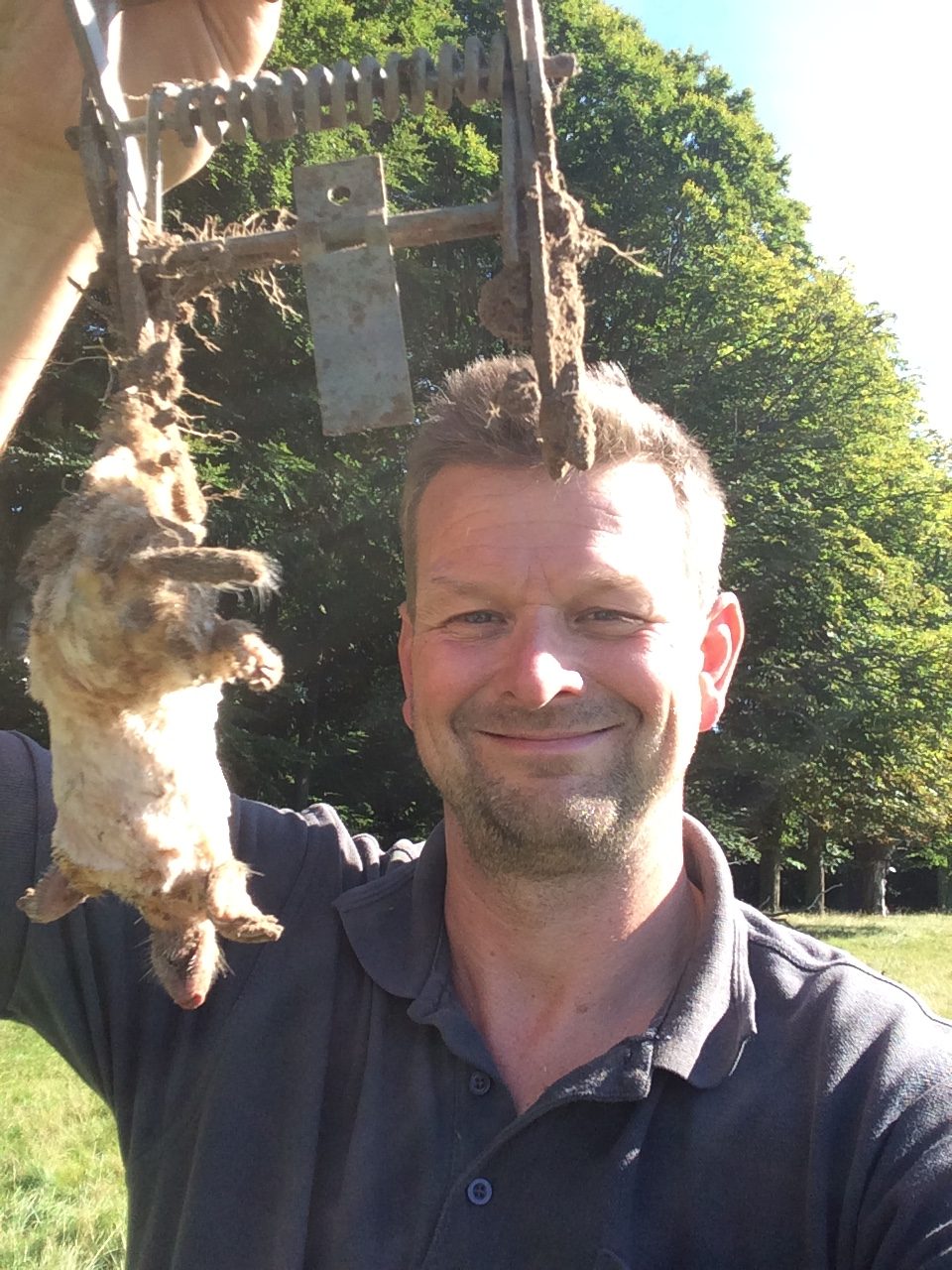PROJECT TALPA – 10 YEARS – 600 MOLE
by Erik Peitersen, DMSc and Martin Nilsson, head greenkeeper.
THE HERITAGE has always been a paradise for moles, especially because the grass has been untouched for hundreds of years. The golf course only makes up a small part of the area, so what happens on the golf course has little influence on the large plain, but the reverse is true to a large extent. The numerous molehills are a great nuisance for both players and greenkeepers. The moles' access to the golf course is limited by roads and lakes, so it is primarily from forests and adjacent grasslands that they enter.
In September 2008, an agreement was reached between the authors to reduce the number of moles. Historically, the greenkeepers' strategy has never been preventive, systematic or effective, in short, without any impact on the size of the population. I have been told that mole trapping is taught in greenkeeper training. A review seems indicated.
- On September 21, 2008, the first mole was caught in a trap in the club's garden. Catch numbers have varied from year to year, but have decreased significantly over the past 10 years. THE HIGHEST CATCH WAS IN 2011 with 125. The explanation was the weather, a mild winter, a very wet summer with plenty of water for the chicks, whereas 2010 gave a low yield of 58 due to a harsh winter and very dry summer, where the chicks died of thirst.
2018 is a very special year with a very harsh winter in March, then tropical heat until mid-August without precipitation. The harvest in Dyrehaven was poor, more weeds than grain. The chicks died of thirst. So far this year there have only been findicated 9. Now, one should not think that all moles have been exterminated, there will always be a swamp where a few survive, and they will emerge when the weather normalizes.
Supervision: The field should continue to be checked for new shots, both from a work vehicle and on foot. Traps should be set on the day the shots are discovered rather than the day after.
Quo Vadis. It is incredible that there is not ONE of the club's over 1000 members who wants to take over after me! and carry on my knowledge and practical skills. One must conclude that the club is getting the number of moles they deserve.
The results have been achieved through voluntary and unpaid work by Erik Peitersen.
Finally, one Thank you to the members for the interest shown in Project Talpa, but again NO MEMBERS will take over!
A special thank you to the Forester for permission to catch moles in the Deer Park.

